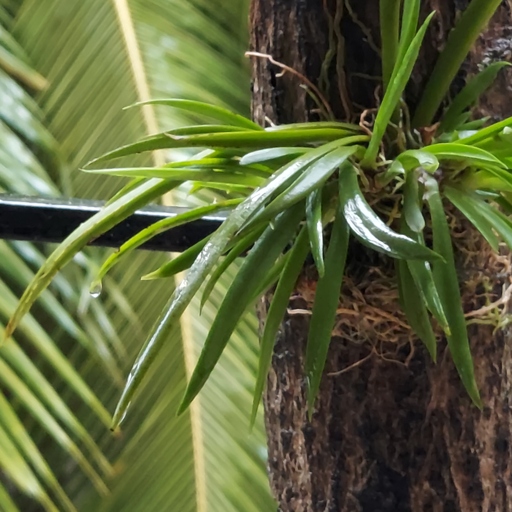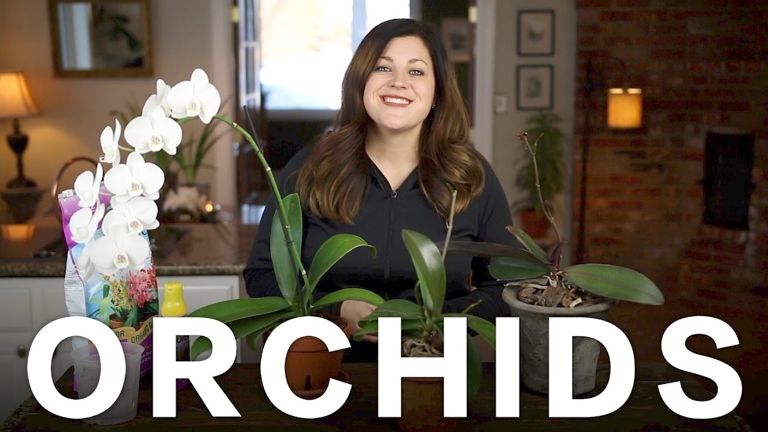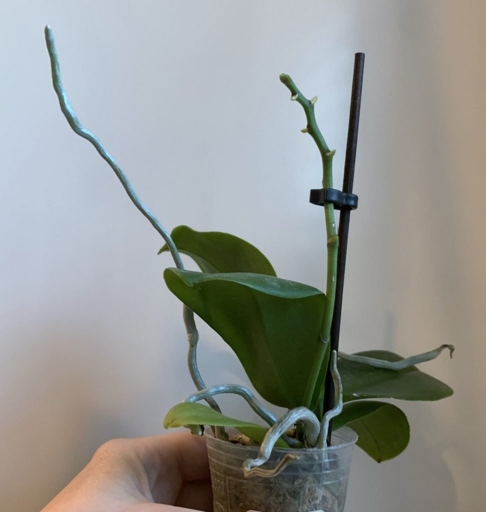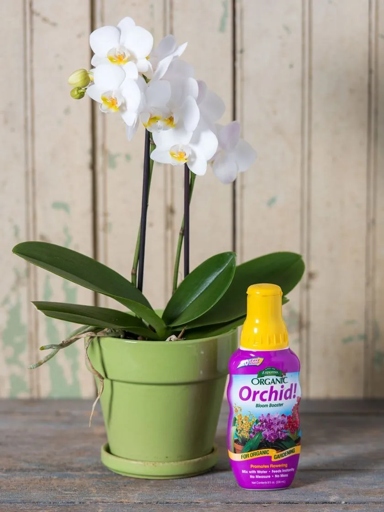Orchids are a beautiful and popular type of flower, but they can be finicky when it comes to care. Many people wonder if they can put their orchid in the rain, and the answer is yes! Here are five tips to help you successfully put your orchid in the rain.
Is Rain Harmful To Orchids?
The answer is that it depends on the type of orchid. If you live in an area with regular rainfall, you may be wondering if rain is harmful to orchids. Some orchids, such as Phalaenopsis, are native to tropical rainforests and can tolerate a lot of moisture. However, other orchids, such as Cattleya, come from drier habitats and are not used to being wet for long periods of time.

If you do accidentally leave your orchid outside in the rain, don’t panic. Just make sure to gently shake off any excess water and give it a chance to dry out before putting it back in its pot. If you are not sure whether your orchid can tolerate being rained on, it is best to err on the side of caution and bring it inside when the rain is forecast.
What should you do with Orchids if it’s raining a lot?
Here are a few things to keep in mind: If you live in an area that’s experiencing a lot of rain, you may be wondering if you can put your orchid outside.

First, make sure your orchid is in a pot with drainage holes. You don’t want the roots to sit in water, which can lead to rot.
This will help protect it from the heaviest rain. Second, consider putting your orchid in a sheltered spot, like under a porch or in a garage.
Orchids are tropical plants and can’t tolerate cold temperatures. Third, if you do put your orchid outside, make sure to bring it back inside before nightfall.
Fourth, remember that orchids like humidity, so the extra rain may actually be beneficial for your plant. Just make sure to keep an eye on it and bring it inside if it starts to look wilted or unhappy.
With a little bit of care, you can enjoy your orchid even during wet weather.
1) Cover Your Orchids with Agricultural Plastic
Here are a few tips to keep in mind when using agricultural plastic: If you’re worried about your orchids getting too much rain, you can cover them with agricultural plastic. This will help to protect them from the elements and keep them healthy.

Make sure the plastic is big enough to cover the entire plant. 1.
Use a heavy-duty plastic so it doesn’t tear easily. 2.
3. Secure the plastic around the base of the plant with tape or string.
Check on the plant regularly to make sure it’s not getting too much heat or humidity. 4.
Remove the plastic when the rain has stopped. 5.
2) Making use of clay pots
Be sure to use a pot that has drainage holes and use a well-draining potting mix. Water your orchid regularly, but allow the potting mix to dry out between waterings. Clay pots are an excellent option for growing orchids. They are porous, which allows the roots to breathe, and they help to keep the roots cool.
3) Substrate with good drainage
There are a few different options for substrates with good drainage, such as bark chips or perlite. When it comes to orchids, one of the most important things to consider is the substrate. This is the material that the plant will be growing in, and it needs to have good drainage in order to prevent the roots from rotting.

However, they can be tricky to keep moist, so it’s important to water regularly. Perlite is another good option, and it’s often used in mixes for other plants as well. It’s important to make sure that the perlite is well-watered, as it can dry out quickly. Bark chips are a popular choice for orchids, as they provide both good drainage and aeration.
This will help to keep your orchid’s roots healthy and prevent them from rotting. No matter which substrate you choose, it’s important to make sure that it has good drainage.
4) Growing Orchids In Wood Stubs
Though they’re often thought of as difficult to care for, with a little bit of knowledge, they can be easy to grow and thrive. Orchids are a beautiful, exotic addition to any home.

Plus, they’re a natural source of nutrients that help the plants thrive. The stubs provide the perfect amount of drainage and aeration that orchids need. One of the best places to grow orchids is in wood stubs.
Water regularly and mist the leaves occasionally. With proper care, your orchids will thrive and bloom for years to come. To grow orchids in wood stubs, simply fill the stub with potting mix and plant the orchid.
5) The Use Of Protective Products As A Preventative Measure
When it comes to orchids, most people think of them as delicate flowers that need to be protected from the elements. However, there are actually many species of orchids that can tolerate a wide range of conditions, including wet weather.

If you live in an area that gets a lot of rain, you may be wondering if you can put your orchid outside in the rain. The answer is yes, but there are a few things you need to do to protect your plant.
This will help it to withstand the rain without getting too wet. First, make sure you choose a species of orchid that is known to be tolerant of wet conditions. Second, water your plant well before putting it outside.
By following these simple tips, you can enjoy your orchid in the rain without worry. Finally, consider using a protective product, such as an umbrella, to keep your orchid from getting too wet.
Frequently Asked Questions
1. Can I put my orchid in the rain?
Yes, you can put your orchid in the rain. However, you should only do this if the rain is light and not too heavy. If the rain is too heavy, it can damage the orchid.
2. What are the benefits of putting my orchid in the rain?
There are several benefits to putting your orchid in the rain. First, it can help to clean the leaves of the orchid. Second, it can help to provide the orchid with extra moisture. Third, it can help to encourage new growth on the orchid.
3. Are there any risks to putting my orchid in the rain?
Yes, there are some risks to putting your orchid in the rain. First, the orchid could be damaged by the rain. Second, the orchid could become too wet and rot. Third, the orchid could be infected with a disease or pest if it is exposed to the rain.
4. How often can I put my orchid in the rain?
You can put your orchid in the rain as often as you like. However, you should only do this if the rain is light and not too heavy. If the rain is too heavy, it can damage the orchid.
5. What should I do if my orchid is damaged by the rain?
If your orchid is damaged by the rain, you should remove it from the rain and allow it to dry out. You should also check the orchid for any signs of disease or pests.
Final thoughts
Orchids are a notoriously finicky flower, and even experienced gardeners can have trouble keeping them alive. If you’re thinking about putting your orchid out in the rain, there are a few things you should keep in mind. First, make sure that your orchid is in a pot with drainage holes. Second, don’t put your orchid in direct sunlight, as this can damage the leaves. Third, be sure to water your orchid thoroughly before putting it out in the rain. Fourth, don’t leave your orchid out in the rain for more than a few hours. Fifth, if you live in an area with high humidity, you may need to water your orchid more often. By following these simple tips, you can keep your orchid healthy and happy.
